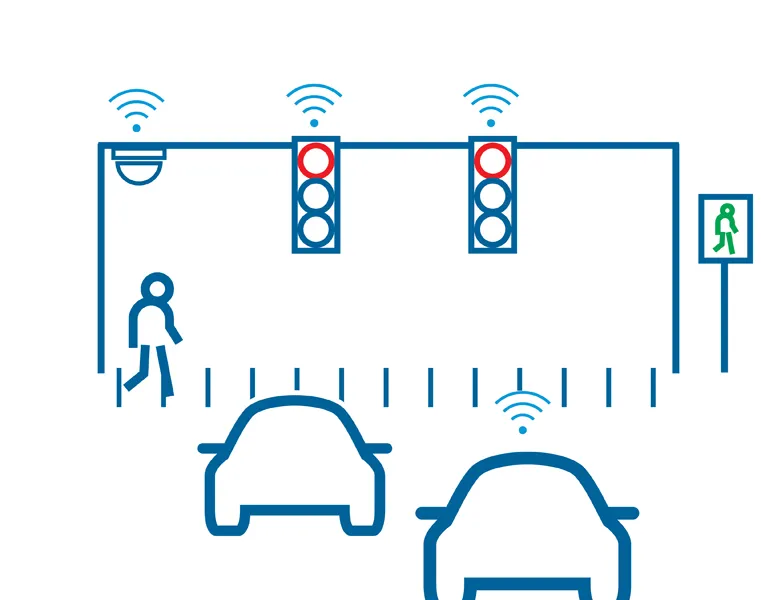
The software provides the link between vehicles and road agencies allowing incident responses that can be customised by incident type, and where TIC manages all steps to clear the incident. This includes alerting drivers via navigation systems, broadcast radio, smart phones and social media. Since this is done in real-time, the rapid response helps prevent secondary incidents and further delays. Gewi will highlight how its TIC is used worldwide as a solution for many traffic projects including work zones, road incident management, traffic news for radio, real-time information for navigation, traffic and travel Information services, and more.










